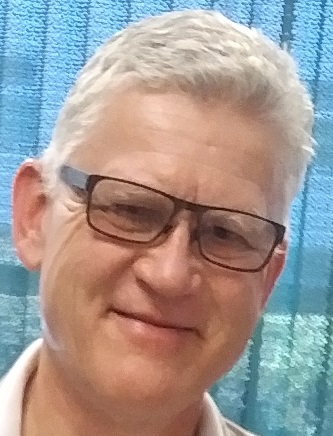Program Information
Intra-Treatment Proton Range Verification with Scattered Particles Registered with a Particle CT Scanner
R Schulte1*, M Pankuch2 , V , R Johnson3 , Bashkirov1 (1) Loma Linda University, Loma Linda, CA, (2) CDH Proton Center, Warrenville, IL, (3) University of California, Santa Cruz, Santa Cruz, CA
Presentations
MO-L-GePD-TT-3 (Monday, July 31, 2017) 1:15 PM - 1:45 PM Room: Therapy ePoster Theater
Purpose: To study the feasibility of therapeutic proton beam range verification by registering particles scattered at large angles with a particle CT (pCT) scanner.
Methods: The pCT scanner was placed at 90 degrees to the proton beam axis at the Northwestern Medicine Chicago Proton Center during irradiation of phantoms irradiated with a single, un-scattered and un-modulated proton pencil beam of different energies. The pCT scanner was used to track deeply scattered particles and measure their energy. Experimental data were acquired with a cylindrical water phantom and a pediatric head phantom, and used to estimate proton range in the phantoms. The estimate of the proton range in the phantom was based on analysis of scattered particle yield, particle energy loss (difference between initial proton energy and energy of registered particle), and particle tracking information reconstructing the position of the primary beam axis by extrapolating the track back to the scattering point using a straight line approximation. We also performed a Monte Carlo simulation study using a detailed Geant4 model of the experimental set-up with the water phantom to estimate the accuracy of the proton range reconstruction.
Results: We found a clear correlation between the pattern along the beam axis of scattered particle yield N, the energy loss ΔE, and the product ΔE*log(N) and planned proton range in water. The measured data were in reasonable agreement with the simulated data. Based on the Monte Carlo simulations, this method may allow estimation of proton range with an accuracy of 1–3 mm.
Conclusion: A particle CT scanner was used to determine proton range by analyzing the yield and energy loss of deeply scattered particles that are exiting from the object at large angles. Experimental and simulated results obtained are encouraging but further experiments and a more advanced analysis method has to be developed.
Contact Email:
